The installation of the 3.4-metre mirror brings the facility one step closer to its first light, scheduled for 2025.
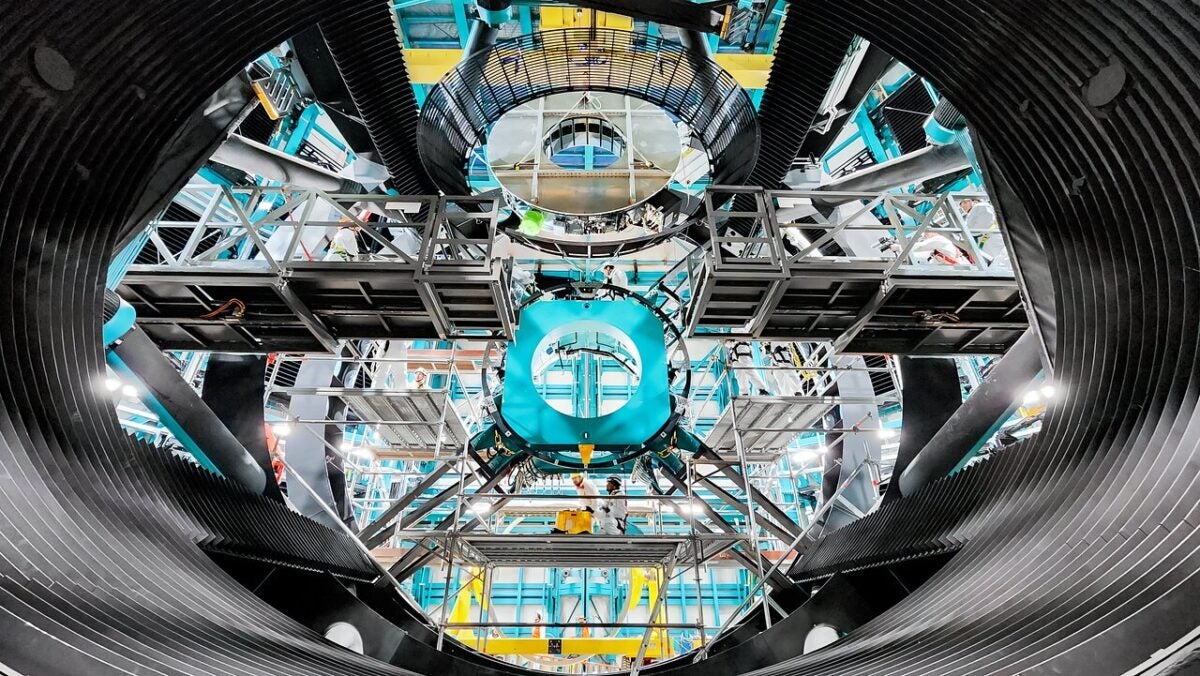
The Vera C. Rubin Observatory's 3.5-meter secondary mirror is the first piece of glass installed on the telescope in its permanent position. Credit: Rubin Observatory/NSF/AURA/F. Munoz Arancibia
On July 24, 2024, a team from the Vera C. Rubin Observatory in Chile installed its 3.4-meter secondary mirror on the Simonyi Survey Telescope. Its installation brings the facility one step closer to being able to image the southern sky with the The world's largest digital camera.
The secondary mirror (M2) is the first permanent piece of the telescope's optical system to be installed. After being built and polished, it was shipped to Chile in 2018 from Rochester, New York. It was stored at the observatory while the telescope mount was being built over the past few years.
“Working with the mirror again after five years is extremely exciting because it really feels like we’re in the home stretch,” said Sandrine Thomas, Rubin Observatory deputy construction manager, at a NOIRLab event. Press release“We now have glass in the telescope, which brings us one step closer to groundbreaking science with Rubin.”
Related: “It's going to be amazing”: how the Vera C. Rubin Observatory will study space and time
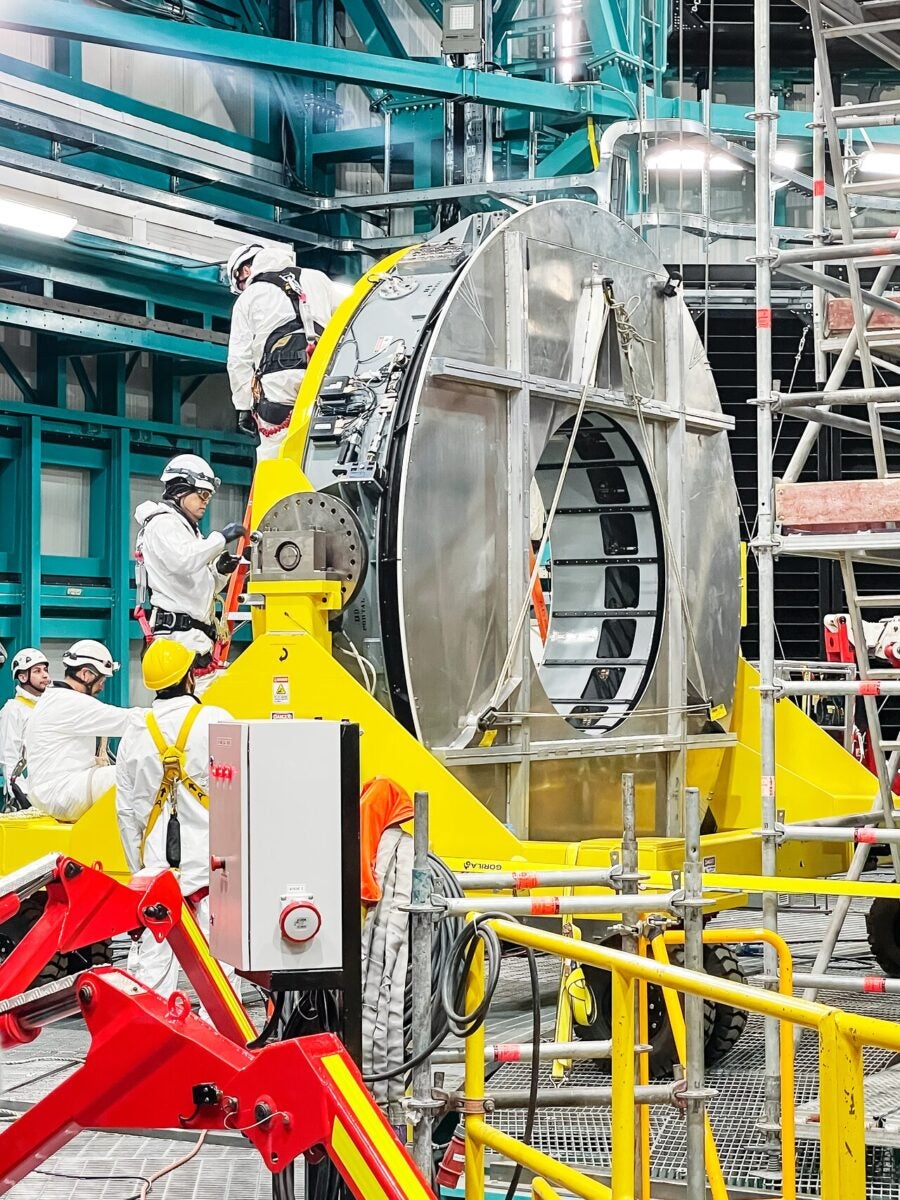
Piece by piece
According to the press release, Rubin Observatory's M2 is one of the largest convex mirrors ever built. It measures just under 4 meters in diameter. In 2019, the secondary mirror underwent a four-hour process to coat it with protective silver to increase its durability over its lifetime.
To install the mirror, a team used a dolly to rotate it vertically and then lifted it onto the telescope mount, taking care not to subject the glass to stress. Once the mirror was in place, team members at the Cerro Pachón facility activated the mirror control software system.
Next steps for Rubin Observatory include reinstalling the temporary commissioning camera in the coming weeks. This smaller version of the Legacy Survey of Space and Time (LSST) camera will be used to test the telescope’s optical system. Now that the secondary mirror is in place, attention will turn to preparing the primary mirror for installation this month and installing the LSST camera later this year.
Once everything is installed and tested, the decade-long LSST is scheduled to begin operating in 2025. Once operational, it will begin mapping the night sky and its changes, bringing researchers closer to deciphering dark matter and dark energy.
Related: “It's going to be amazing”: how the Vera C. Rubin Observatory will study space and time








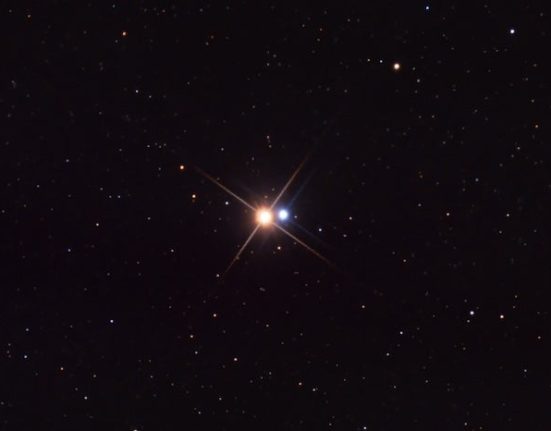
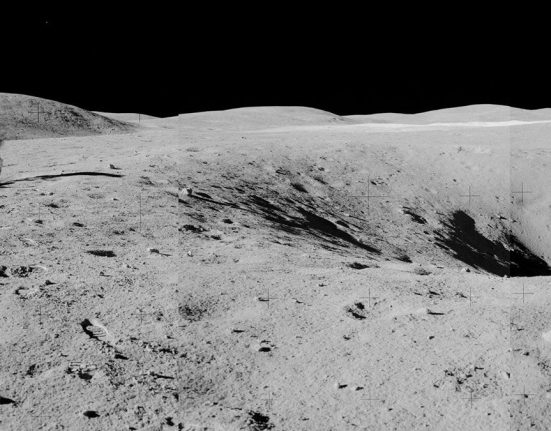
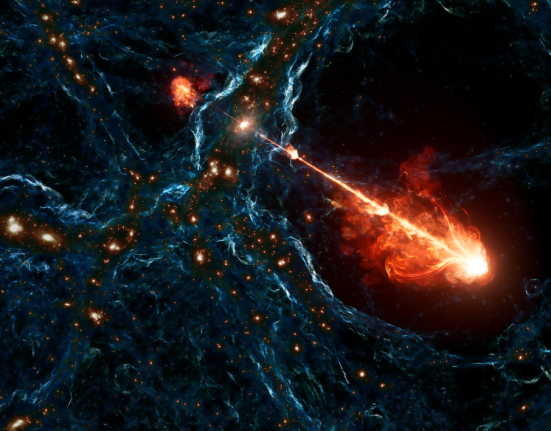
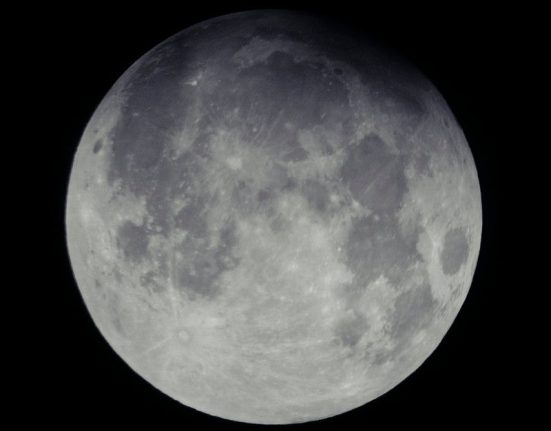

Leave feedback about this